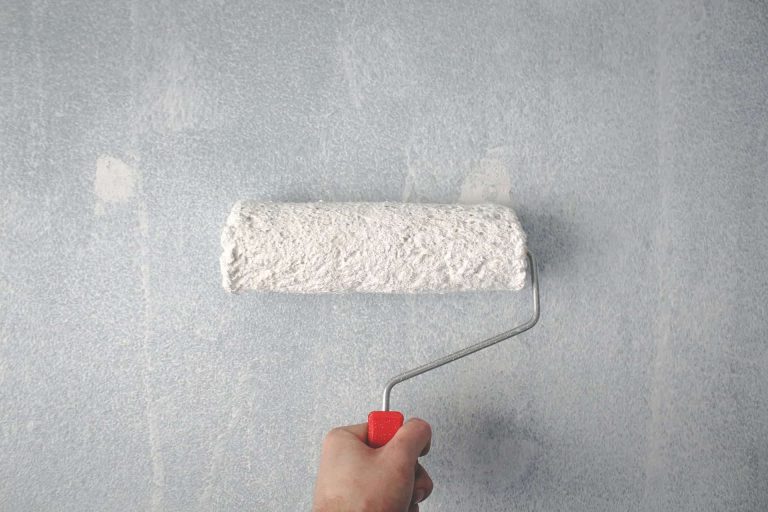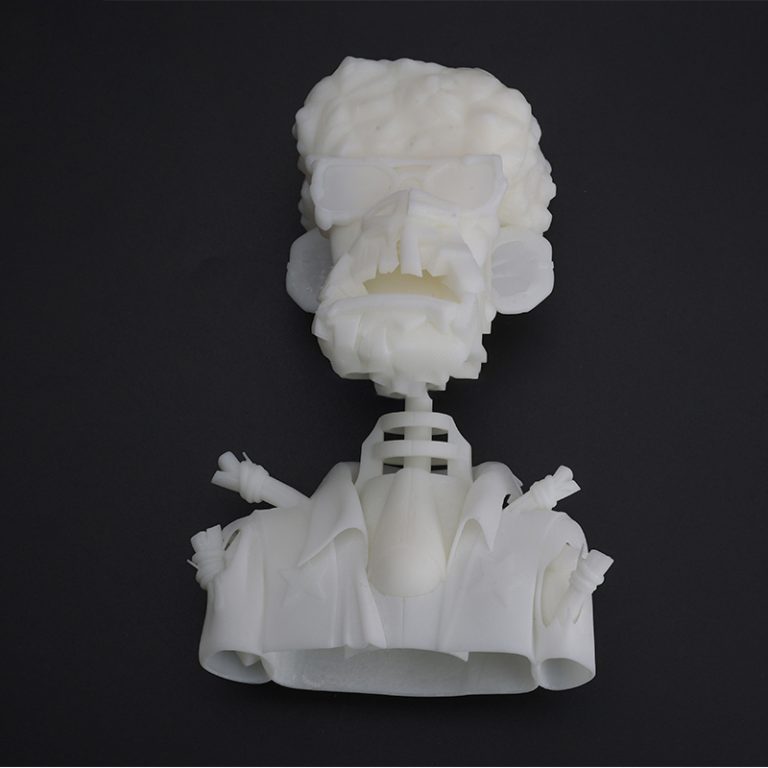Certainly! It sounds like you’re interested in ABS plastic parts for injection molding. ABS (Acrylonitrile Butadiene Styrene) is a commonly used thermoplastic polymer known for its durability, impact resistance, and heat resistance. Here’s some information about ABS plastic parts and injection molding:
ABS Plastic Characteristics:
1.Durability: ABS is known for its toughness and impact resistance, making it suitable for parts that need to withstand stress or impact.
2.Heat Resistance: It can withstand relatively high temperatures, making it suitable for parts that might be exposed to heat or sunlight.
3.Surface Finish: ABS can be easily sanded, painted, or polished, allowing for various surface finishes and aesthetics.
4.Electrical Insulation: ABS is a good electrical insulator, making it suitable for electrical and electronic applications.
Injection Molding Process:
Injection molding is a widely used manufacturing process for producing plastic parts in large volumes. Here’s a simplified overview of how ABS plastic parts are made through injection molding:
5.Design: The process starts with designing the part in CAD (Computer-Aided Design) software.
6.Mold Creation: A mold (usually made of steel or aluminum) is created based on the part design. The mold has two halves — one stationary and one movable (which holds the ejector pins).
7.Injection: ABS resin pellets are fed into a heated barrel and melted under controlled temperature and pressure. Once molten, the ABS is injected into the mold cavity under high pressure.
8.Cooling: The molten ABS quickly cools and solidifies inside the mold cavity, taking the shape of the mold.
9.Ejection: After cooling, the mold opens, and the part is ejected using ejector pins.
10.Finishing: The part may undergo additional processes like trimming, deburring, or surface finishing to achieve the desired final product.
Applications:
ABS plastic parts produced through injection molding find applications in various industries, including:
11.Automotive: Dashboards, interior trim, bumpers.
12.Electronics: Housings for electronics, consumer goods.
13.Appliances: Control panels, handles, housings.
14.Toys and Games: Lego bricks, game controllers.
15.Medical: Equipment housings, trays.
Advantages of ABS Injection Molding:
16.Cost-effective for Mass Production: Injection molding is efficient for producing large volumes of parts.
17.Complex Shapes: It can produce complex geometries with high precision.
18.Material Properties: ABS offers a good balance of mechanical and thermal properties.
In summary, ABS plastic parts manufactured through injection molding are versatile, durable, and suitable for a wide range of applications across different industries. If you have specific questions about design considerations, material properties, or manufacturing processes, feel free to ask!



